Grow Anything: 18 Ways to Plant the Seeds for a Happier Life
Want to generate brain cells, cultivate friendships, strengthen your body, or just pick gorgeous roses in your own backyard? Read on to plant the seeds for a happier, more beautiful life.

How to Develop More Patience
"When I'm about to lose it, I take a deep breath and remind myself: 'You are a smart human being who can control her emotions.' Then, speaking in a low tone, I offer a few choices to the person—child or adult—who's stressing me out. The deeper my voice, the calmer I feel."
—Belee Nguyen, second-grade teacher in Sacramento
—Belee Nguyen, second-grade teacher in Sacramento
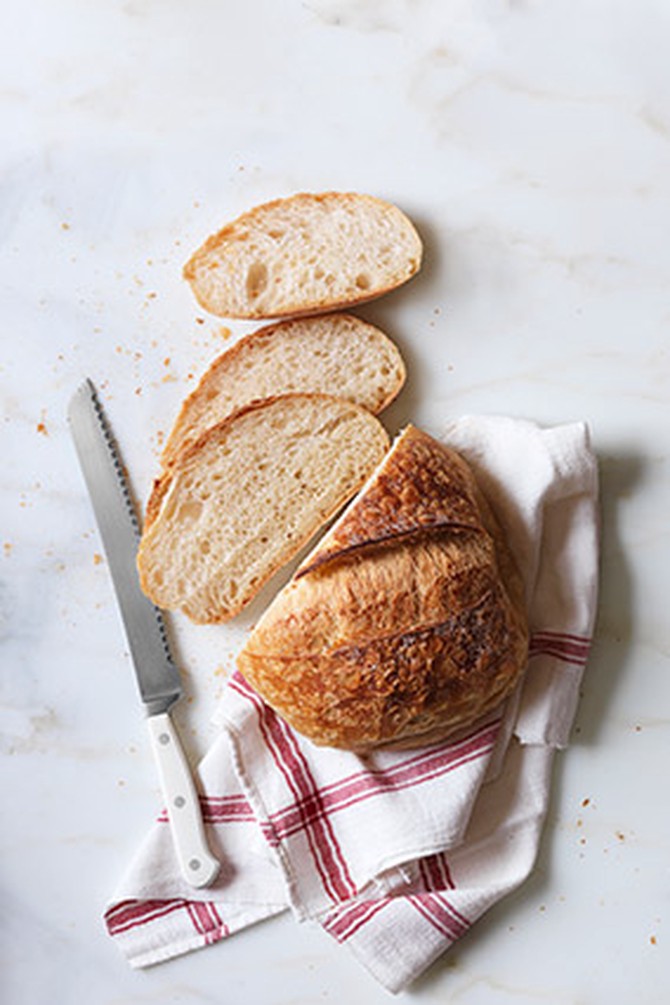
How to Create a Sourdough Starter
Ed Wood, coauthor of Classic Sourdoughs, Revised, says you need only three things—flour, water and time—to give rise to the greatest thing...well, you know.
—Alice Oglethrope
Get the Recipe: Basic Sourdough Bread
—Alice Oglethrope
Get the Recipe: Basic Sourdough Bread
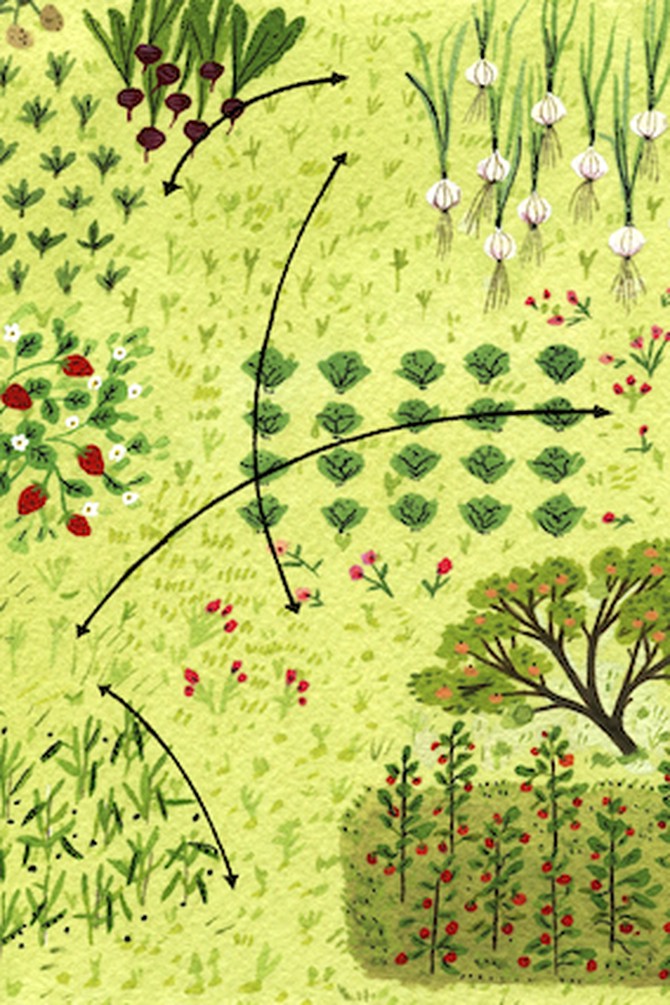
How to Cultivate Connection
At Kentucky Gardens in inner-city Cleveland, they're growing beets, tomatoes, garlic—and lifelong friendships. Meet a few members of a magical 35-year-old community garden.
When Gene "Mac' McComas, 76, a former steelworker, saw his neighbor Denise Thompson, 48, a consultant, trying to grow tomatoes in her small yard, he invited her to the garden, saying, "I'm gonna make a farmer out of you yet!" In 2011 McComas retired from growing to care for his ailing wife and handed down his plot to Thompson; she now drops beets, garlic, and potatoes on her "adopted parents'" doorstep. McComas, meanwhile, "comes by the garden to tell me what to do!" says Thompson.
When Robin Stevens, 43, was briefly homeless in 2006, she parked her car in the garden at night, and McComas loaned her gas money to keep the heat on. Now she grows a thriving peach tree: "Anyone can pick it, as long as you don't step on my dahlias," she says.
Michael Mishaga, 51, a graphic artist, leads the charge against cucumber beetles ("Denise and I introduced beneficial nematodes [i.e., microscopic roundworms]; that season I had a bumper crop of pickles!"), and, after hours, to a local brewery.
John Yokie, 62, a refugee from Liberia, was delighted to find a place where Burmese, Italians, and Africans swap soil secrets ("It's like the United Nations!"). When he planted too early, Mishaga swooped in to help him navigate Cleveland's climate.
Kauser Razvi, 39, a strategic planner with two kids, learned to garden from Mishaga, who now attends her alfresco "family" dinners, at which salad is picked right from the vine. "The garden is a magical place for us," she says.
—Hannah Wallace
When Gene "Mac' McComas, 76, a former steelworker, saw his neighbor Denise Thompson, 48, a consultant, trying to grow tomatoes in her small yard, he invited her to the garden, saying, "I'm gonna make a farmer out of you yet!" In 2011 McComas retired from growing to care for his ailing wife and handed down his plot to Thompson; she now drops beets, garlic, and potatoes on her "adopted parents'" doorstep. McComas, meanwhile, "comes by the garden to tell me what to do!" says Thompson.
When Robin Stevens, 43, was briefly homeless in 2006, she parked her car in the garden at night, and McComas loaned her gas money to keep the heat on. Now she grows a thriving peach tree: "Anyone can pick it, as long as you don't step on my dahlias," she says.
Michael Mishaga, 51, a graphic artist, leads the charge against cucumber beetles ("Denise and I introduced beneficial nematodes [i.e., microscopic roundworms]; that season I had a bumper crop of pickles!"), and, after hours, to a local brewery.
John Yokie, 62, a refugee from Liberia, was delighted to find a place where Burmese, Italians, and Africans swap soil secrets ("It's like the United Nations!"). When he planted too early, Mishaga swooped in to help him navigate Cleveland's climate.
Kauser Razvi, 39, a strategic planner with two kids, learned to garden from Mishaga, who now attends her alfresco "family" dinners, at which salad is picked right from the vine. "The garden is a magical place for us," she says.
—Hannah Wallace

How to Nurture Happy, Healthy Kids
"Instill in your kids the idea of visualizing who they want to be. My mom used to do this with me all the time; she would point to the Romper Room hostess and say, 'You have the personality for that.' She had these specific career ideas for me that I thought were hilarious."
—Jenny Rosenstratch, author of Dinner: A Love Story
5 more pieces of parenting advice
—Jenny Rosenstratch, author of Dinner: A Love Story
5 more pieces of parenting advice
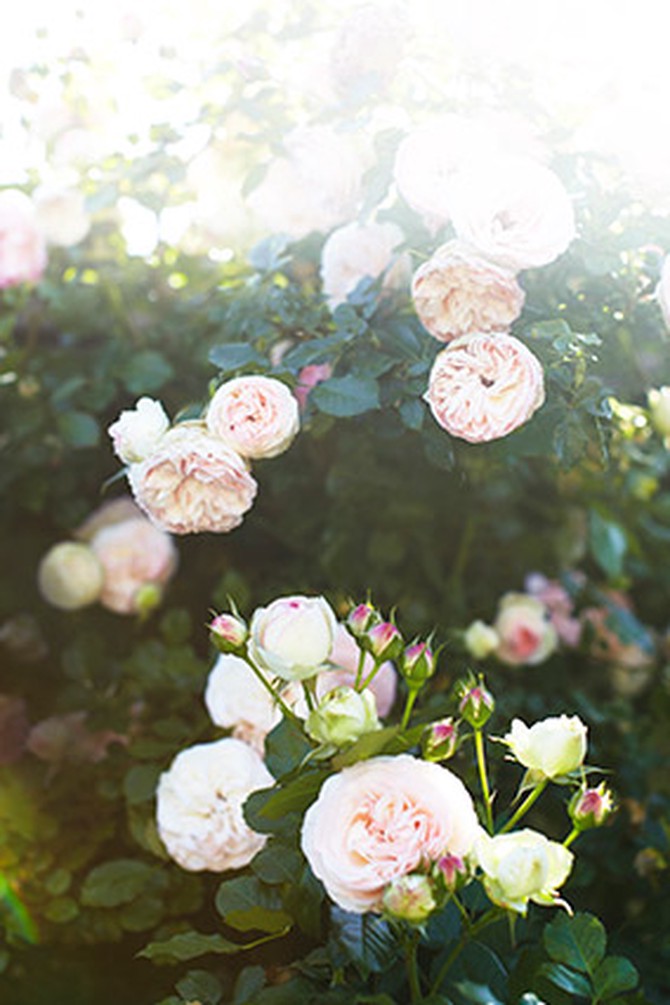
How to Grow a Rose Like No Other
With apologies to Gertrude Stein—she of "Rose is a rose is a rose is a rose" fame—you'd be wise to be a bit more selective when it comes to planting. "The secret to healthy, budding roses is finding the kind that will flourish in your region for years to come," says Peter Kukielski, senior adviser to the Peggy Rockefeller Rose Garden at the New York Botanical Garden. "Once you do that, everything else will be easier." The best time to plant them? Right now.
1. Find a climate-friendly variety. Live in the Northeast? Choose a hardier flower like the Griffith Buck rose, which can withstand cooler temps. Those in the South and West may be better off planting varieties like Belinda's Dream or Cherry Parfait—they're specifically bred to be resistant to diseases that are prevalent in humid regions. (For more flower options, see rose.org/regions-choice.)
2. Choose the best planting site. "Some roses are tall and skinny, some are low and scrawny, some are single stem, and others become full shrubs, so you'll want to pick one with a growth habit that's right for the space you have, whether it's along your patio wall or in a single pot," says Kukielski. No matter what type of roses you plant, they'll require at least six hours of direct sunlight daily. The more sun they get, the more bountiful your bouquet.
3. Triple-layer the soil. With a prepotted rose, dig a hole about 15 inches deep and 18 inches wide. Then mix roughly three inches of organically rich matter (like compost, composted manure, or roughly chopped leaves) with the soil and spread it in the hole. Place the base of your rose in the hole and fill it back up with soil so that the bud union—the knobby part of the stem base—is about even with or just below ground level. Sprinkle three inches of mulch around the rose. The mulch will decompose and provide nutrients the plant needs to grow strong, says Kukielski. Water regularly and get ready to watch beauty bloom.
—Zoe Donaldson
1. Find a climate-friendly variety. Live in the Northeast? Choose a hardier flower like the Griffith Buck rose, which can withstand cooler temps. Those in the South and West may be better off planting varieties like Belinda's Dream or Cherry Parfait—they're specifically bred to be resistant to diseases that are prevalent in humid regions. (For more flower options, see rose.org/regions-choice.)
2. Choose the best planting site. "Some roses are tall and skinny, some are low and scrawny, some are single stem, and others become full shrubs, so you'll want to pick one with a growth habit that's right for the space you have, whether it's along your patio wall or in a single pot," says Kukielski. No matter what type of roses you plant, they'll require at least six hours of direct sunlight daily. The more sun they get, the more bountiful your bouquet.
3. Triple-layer the soil. With a prepotted rose, dig a hole about 15 inches deep and 18 inches wide. Then mix roughly three inches of organically rich matter (like compost, composted manure, or roughly chopped leaves) with the soil and spread it in the hole. Place the base of your rose in the hole and fill it back up with soil so that the bud union—the knobby part of the stem base—is about even with or just below ground level. Sprinkle three inches of mulch around the rose. The mulch will decompose and provide nutrients the plant needs to grow strong, says Kukielski. Water regularly and get ready to watch beauty bloom.
—Zoe Donaldson

How to Build Muscle
Karen Valby was naturally slender and woefully weak—until she discovered the singular rush of heaving barbells toward the sky,
Read about her experience with CrossFit training
Read about her experience with CrossFit training
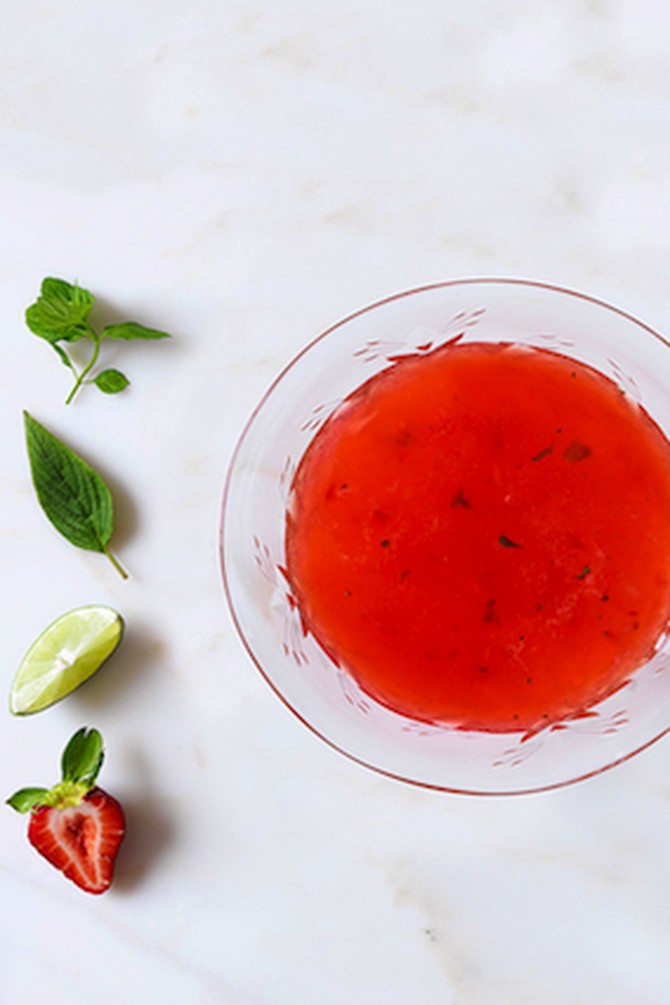
How to Harvest a Summer Cocktail
A few herbs can transform any garden party into happy hour. Amy Stewart, author of the new book The Drunken Botanist, suggests her go-to aperitif, the Berry Patch.
Get the recipe: Berry Patch Cocktail
Get the recipe: Berry Patch Cocktail
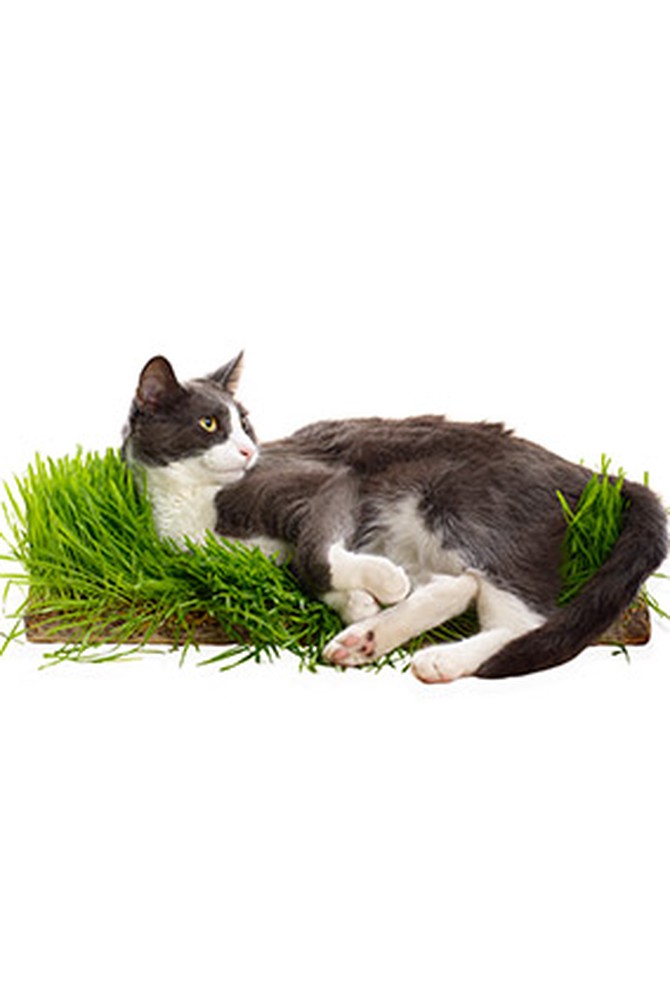
How to Plant Grass for Your Indoor Cat
Did the cat chew up your fresh-cut tulips? Take out a whole row of herbs in your window box? That nibbling isn't just a nuisance—it can actually make your pet sick. A safer alternative: cat grass. A mix of barley, oat, wheat, and rye varieties can be an excellent source of B vitamins and folic acid and may improve digestion.
Grow it: Pour pesticide-free soil into a drainable container and plant the seeds (available at most pet stores) a half inch below the surface. Place the box near a window for maximum sunlight; water lightly. Once the shoots reach three to four inches, let your cat graze guilt-free.
—Zoe Donaldson
Grow it: Pour pesticide-free soil into a drainable container and plant the seeds (available at most pet stores) a half inch below the surface. Place the box near a window for maximum sunlight; water lightly. Once the shoots reach three to four inches, let your cat graze guilt-free.
—Zoe Donaldson

How to Expand Your Horizons
When Heather Greenwood Davis and her family embarked on a yearlong trip of a lifetime, they grew in ways they'd never imagined.
Read the family's story about traveling the world
Read the family's story about traveling the world
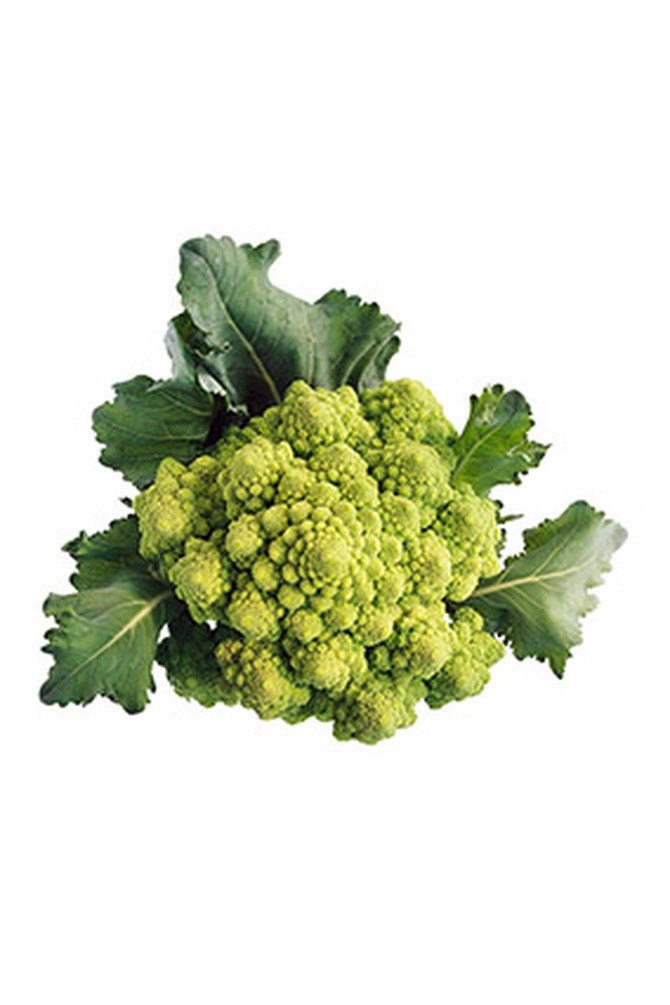
How to Reap What You Didn't Sow
Jo Robinson, author of Eating on the Wild Side, shares her secrets for getting the healthiest varieties of veggies—wherever you shop.
Tips for the healthiest cauliflower, carrots and more
Tips for the healthiest cauliflower, carrots and more
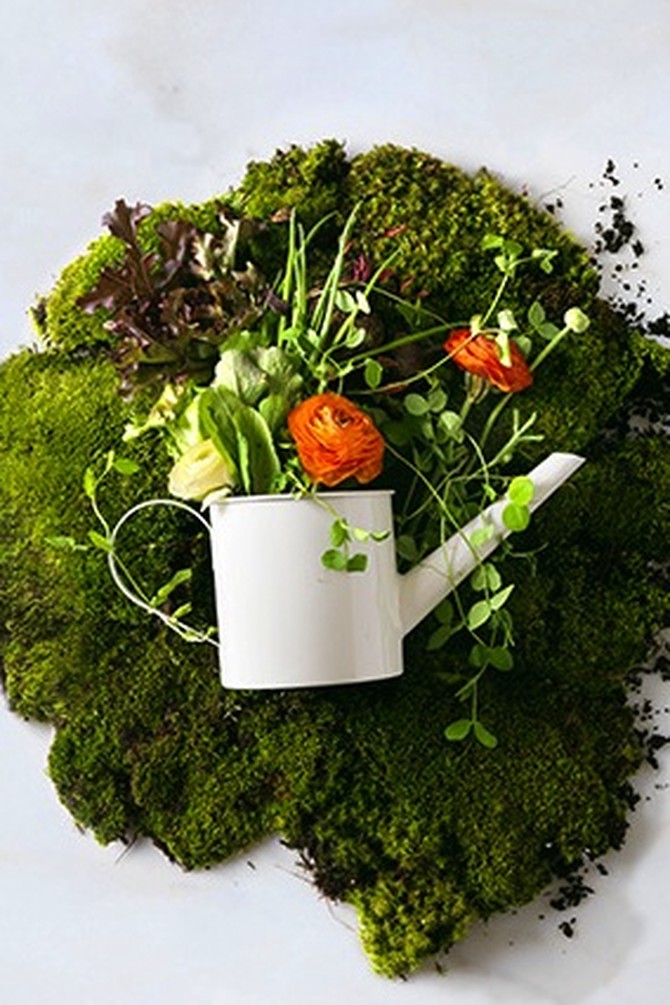
How to Make the Best of an Unruly Garden
Kim Korson was a serial hobbyist—until her first harvest taught her the value of seeing things through.
Read the life lessons Kim learned from gardening
Read the life lessons Kim learned from gardening

How to Generate New Gray Matter
Want to increase your coordination, brighten your mood and stay sharp into old age? Improving your brain may be easier than you think.
5 easy ways to improve your brain
5 easy ways to improve your brain
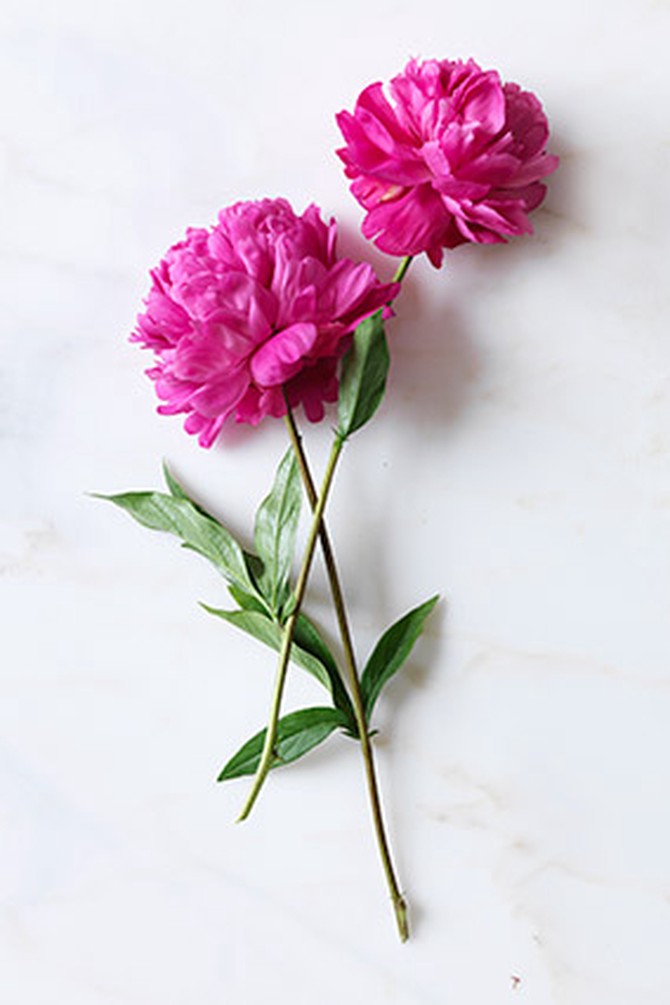
How to Thrive in Your Relationship
"Daily conversations about things that stress you—not problems in your relationship but external issues—are critical to maintaining intimacy. Spend 30 minutes just listening to each other and empathizing. Ask lots of questions; don't problem-solve. Feeling less alone in your stress creates closeness."
—John Gottman, PhD, relationship expert
—John Gottman, PhD, relationship expert
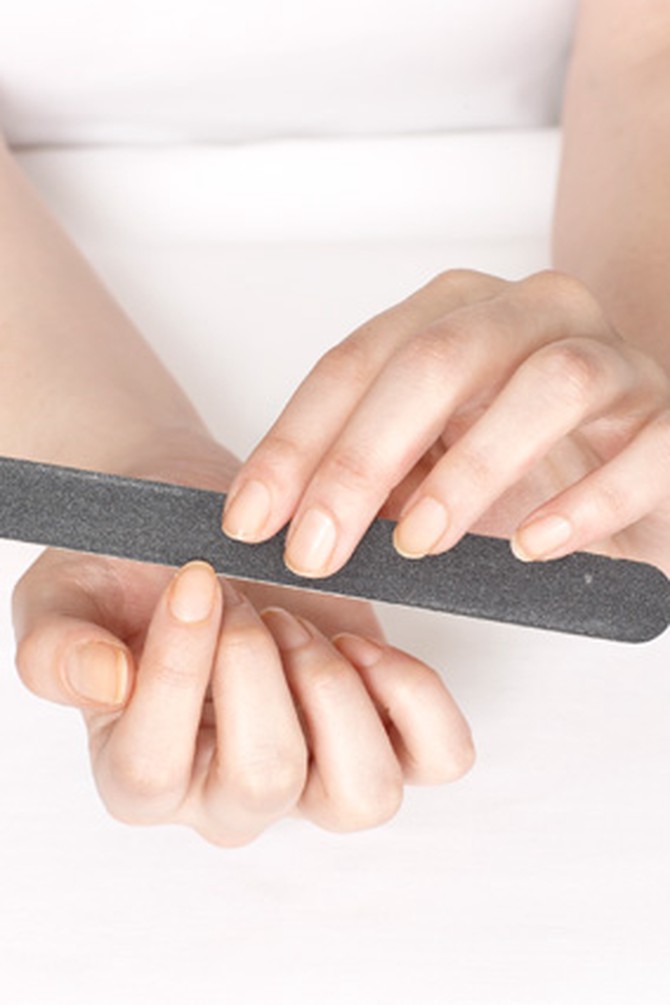
How to Grown Stronger, Healthier Nails
One word: Biotin
Your nails are made of the protein keratin, and studies have shown that taking supplements of this B vitamin may improve the strength and thickness of weak nails. For best results, you need at least 2.5 milligrams daily, says NYC–based dermatologist Lenora Felderman, MD. Expect to see progress in three to six months—the average length of time it takes for a new nail to grow in.
—Emma Haak
Your nails are made of the protein keratin, and studies have shown that taking supplements of this B vitamin may improve the strength and thickness of weak nails. For best results, you need at least 2.5 milligrams daily, says NYC–based dermatologist Lenora Felderman, MD. Expect to see progress in three to six months—the average length of time it takes for a new nail to grow in.
—Emma Haak
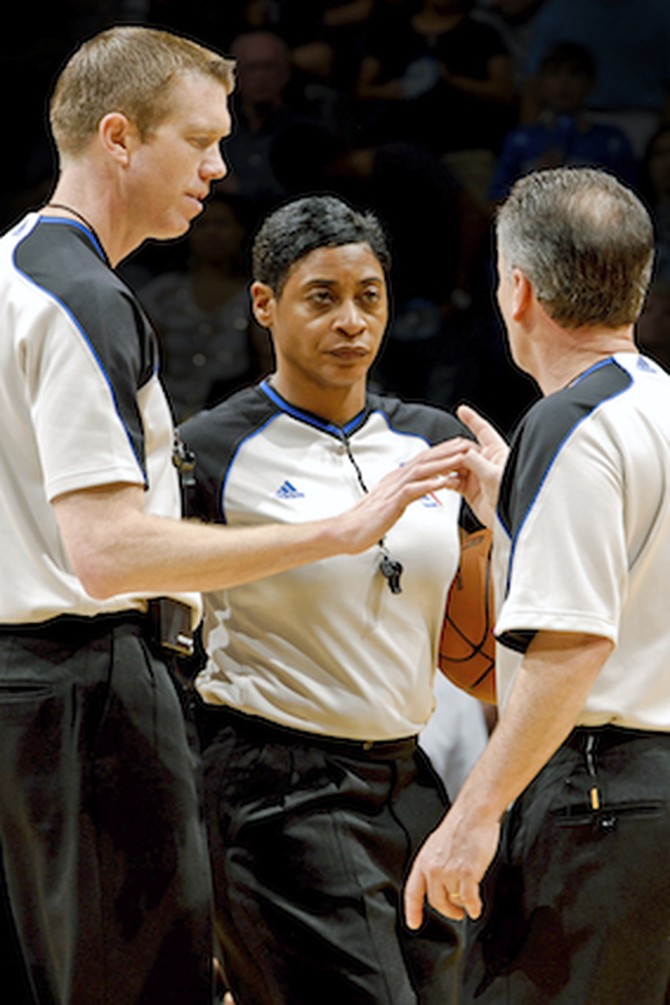
How to Thicken Your Skin
"When I have to make a tough call, I imagine my critics saying, 'Wah, wah, wah,' like the adults in Peanuts. And I try to remember that if someone is putting forth time and energy to make you feel bad, it means you matter to them. Turn their negativity into a positive thought: You're important."
—Violet Palmer, one of the NBA's only female referees, who was once told to "go back to the kitchen" by a sports radio broadcaster
—Violet Palmer, one of the NBA's only female referees, who was once told to "go back to the kitchen" by a sports radio broadcaster
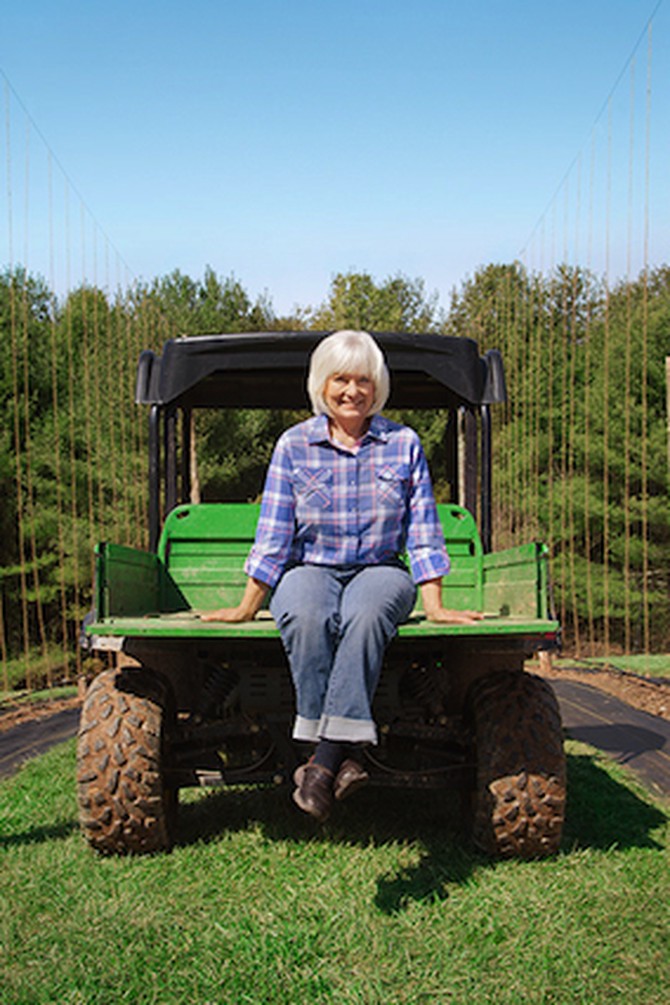
How to Grow Money on Trees
(Well, technically, vines...) Quick to sprout and demanding to harvest, hops give beer its zing. And—as Rita Pelczar and her husband discovered when they bought a North Carolina farm—everyone wants them.
Read how Rita started her hops farm
Read how Rita started her hops farm
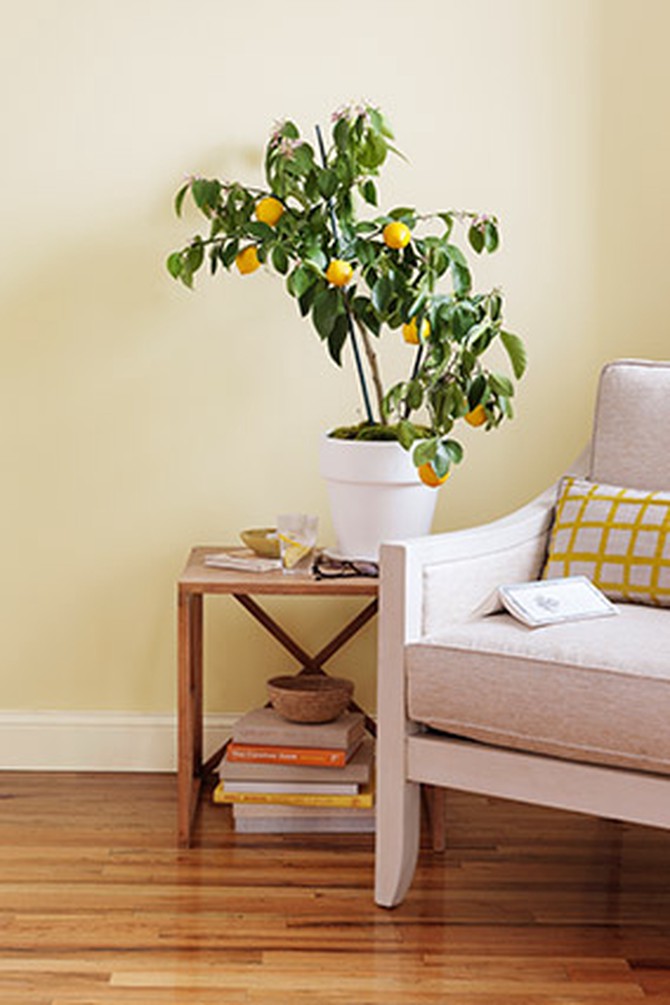
How to Cultivate a Happy Home
"I'm sending you a lemon tree," said my mother, "to cheer you up." This was two years ago, when my bitter divorce was dragging on and on and I'd moved out of the high-rise apartment my ex and I had shared and into a small walk-up with our daughter. I felt like a shipwreck survivor—glad to have washed up on dry land, traumatized to be starting over from scratch.
A few days later, a package arrived. I opened it to find a beautiful green stalk sprouting several glossy emerald leaves. My first thought: It was the dead of winter in Manhattan—how would I keep this thing alive? But caring for the little tree proved easy; all it needed was water and a warm windowsill.
When it blossomed—white waxy stars with sunshine yellow centers whose sugar and honeysuckle scent my daughter and I gulped in by the lungful—our cramped apartment felt transformed. Encouraged, I hung pictures on the walls, bought new sheets and pillows, and even ventured out to meet a few neighbors.
The flowers dropped off in early March, leaving in their place tiny green lemons. In the months that followed all but one of those dropped off, too. The lone survivor grew and grew, bending the whole diminutive plant under its weight. We harvested our enormous lemon in August. It was sweet enough to eat whole, like an orange, but instead we made a small, delicious batch of lemonade that we drank on our stoop in the late-summer sun.
—Lara Kristin Herndon
A few days later, a package arrived. I opened it to find a beautiful green stalk sprouting several glossy emerald leaves. My first thought: It was the dead of winter in Manhattan—how would I keep this thing alive? But caring for the little tree proved easy; all it needed was water and a warm windowsill.
When it blossomed—white waxy stars with sunshine yellow centers whose sugar and honeysuckle scent my daughter and I gulped in by the lungful—our cramped apartment felt transformed. Encouraged, I hung pictures on the walls, bought new sheets and pillows, and even ventured out to meet a few neighbors.
The flowers dropped off in early March, leaving in their place tiny green lemons. In the months that followed all but one of those dropped off, too. The lone survivor grew and grew, bending the whole diminutive plant under its weight. We harvested our enormous lemon in August. It was sweet enough to eat whole, like an orange, but instead we made a small, delicious batch of lemonade that we drank on our stoop in the late-summer sun.
—Lara Kristin Herndon
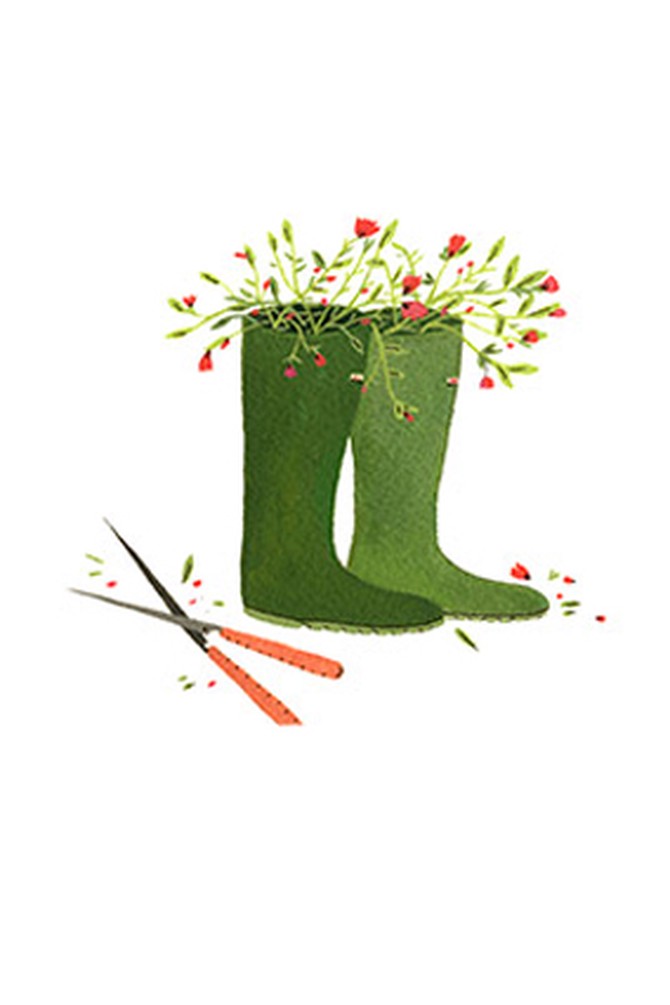
How to Prune Runaway Growth
Three weedy situations that require more than garden shears—from telling white lies to overflowing email in-boxes.
Read the solutions to life's thorniest problems
Next: 17 insanely special things anybody can find and feel awesome
Read the solutions to life's thorniest problems
Next: 17 insanely special things anybody can find and feel awesome
From the June 2013 issue of O, The Oprah Magazine

